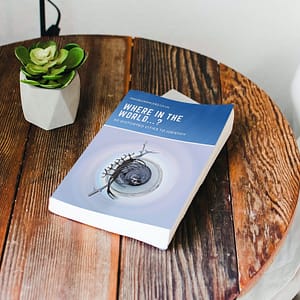Spring has officially started. Time to visit the bulbfields in The Netherlands.
The Bulbfields
With millions of flowering bulbs in bloom the landscape of the ‘Bollenstreek’ is a kaleidoscope of eye-searing colour interspersed with a gentler palette of muted pastel shades. Add a windmill and you have a quintessential Dutch scene.

Surprisingly, considering the tulips place in Dutch imagery, the bulbfields are a relatively small area south and west of Amsterdam. What they lack in size the make up for in impact. The flowering season is short; mid-Arch to mid-May which is about 8 weeks. While there are narcissi and hyacinths early on it is the tulips that provide the vast range of colours. These tend to follow the narcissi in the flowering cycle so the best time to visit is in the small window when their blooming season overlaps around the first two weeks of April.
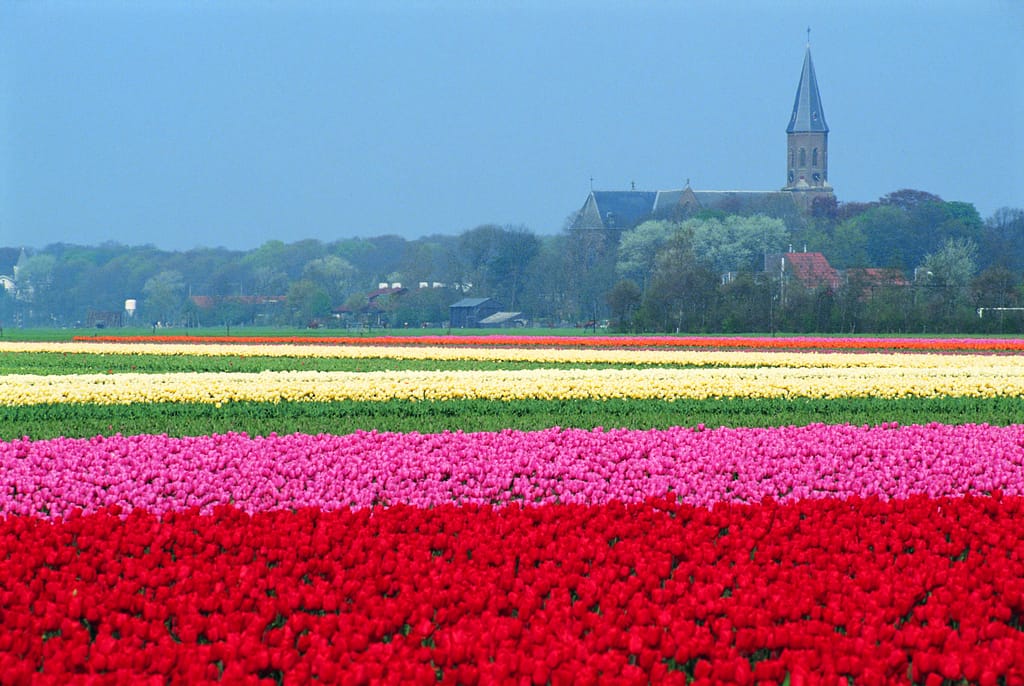
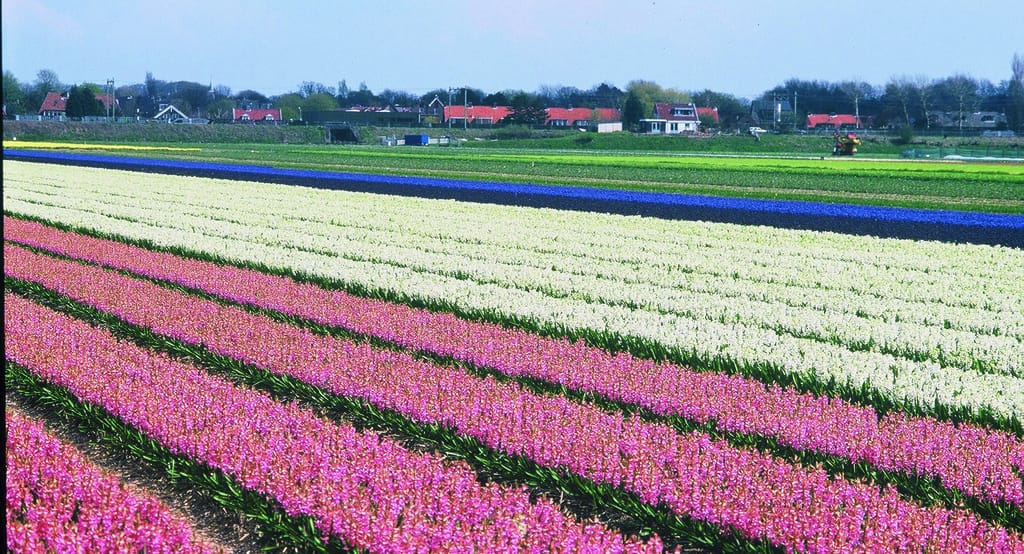
You can take tours of the bulbfields by coach or you can hire a car and drive yourself. However the best way to experience the bulbfields is to hire a bike and pedal your way around. Nothing beats the slow pace of cycling and bikes can reach places cars and coaches cannot. There is a well-signposted “bollenstreek” cycle path that meanders through the bulbfields from Haarlem to Leiden. Buying a bike pass for the train will allow you to return to your starting point without having to retrace your route.
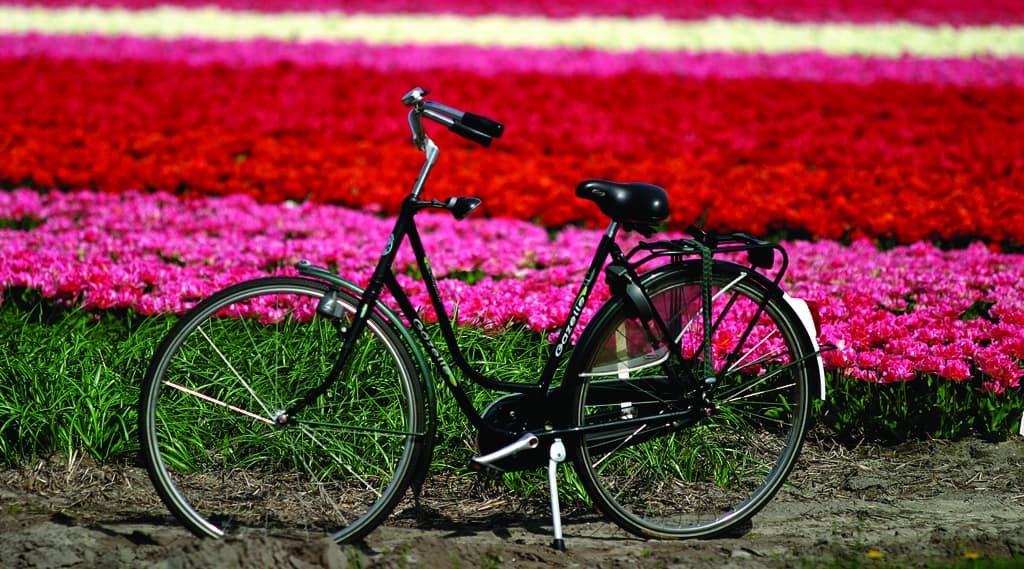
Keukenhof
In 1949 a small garden, known as Keukenhof, opened to the public near Lisse. The brainchild of a group of ten growers and exporters wanting somewhere to showcase their products. Today the Keukenhof is one of Holland’s premier visitor attractions despite only being open for eight weeks each year. You can read more about the gardens in a previous post.
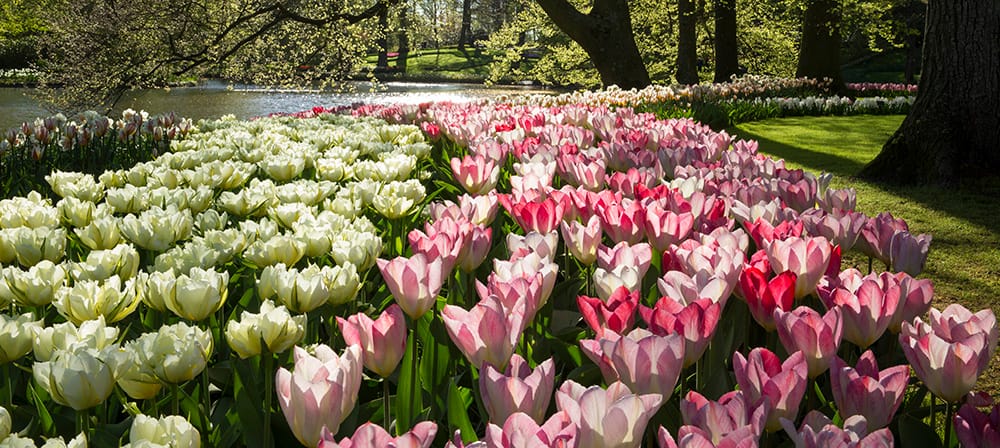
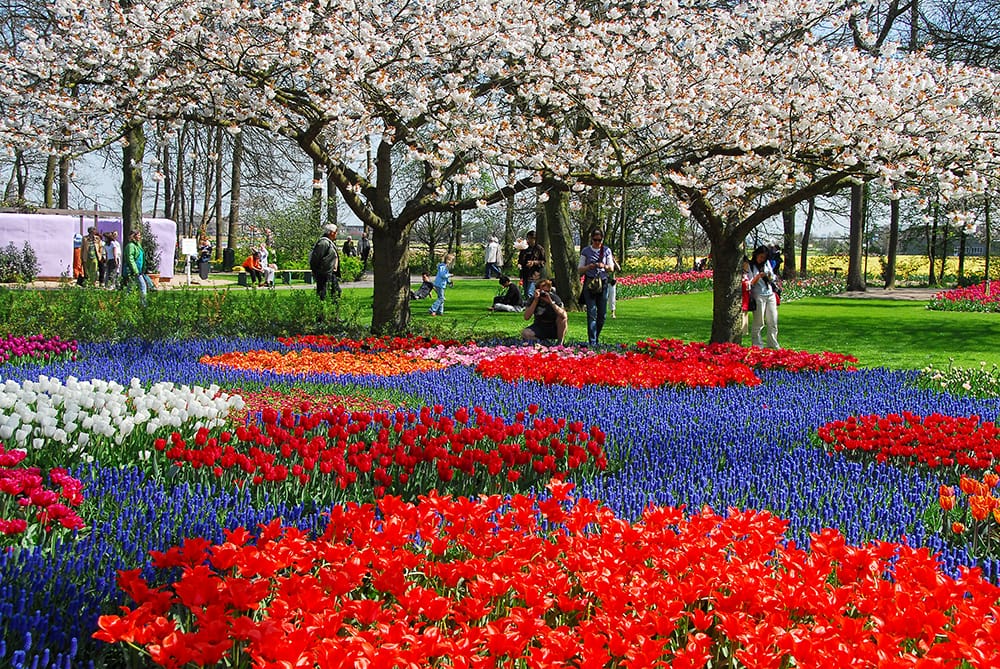
The sweet smell of hyacinths is all pervading with a hint of narcissi notes every now and then. A pallette of eye-searing intense colour stretches away to a small lake with a simple sculpture of a tulip bulb. Beds and borders brim with tulips of every colour imaginable from the in-your-face yellows reds and oranges to the more subtle pastels of pink, apricot and creams. Under the trees are swathes of narcissi in all the hues from white through delicate apricot to sunshine yellow. Hyacinths of every shade of pink, blue and white with their intense fragrance are found in beds among the displays of tulips and narcissi. It is an assault on the senses of sight and smell and a place not to be missed on a visit to the bulbfields. www.keukenhof.nl
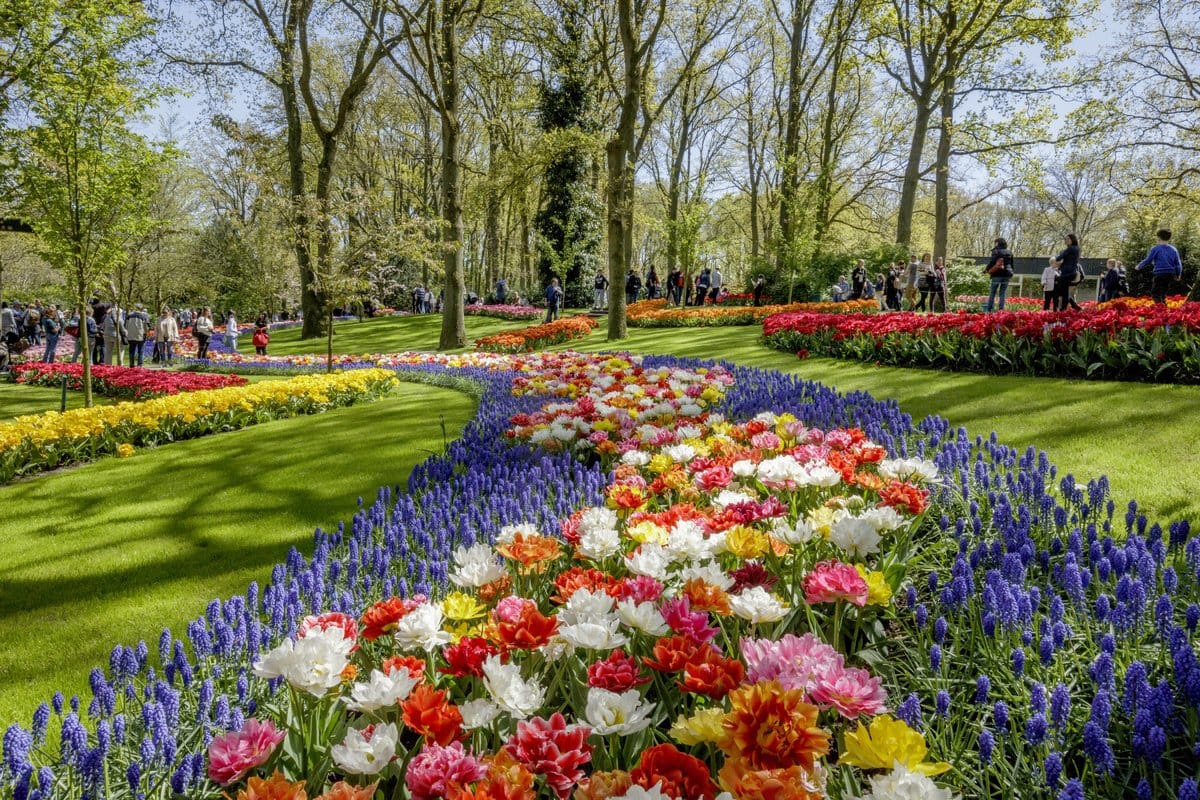
It’s all too easy to spend a whole day at Keukenhof with all the flowerbeds, pavilions and exhibitions to see especially if you are a gardener. As Keukenhof is essentially a shop window for bulb growers and suppliers it is possible to order bulbs of any of the flowers that take your fancy. These will be delivered later in the year in time for planting.
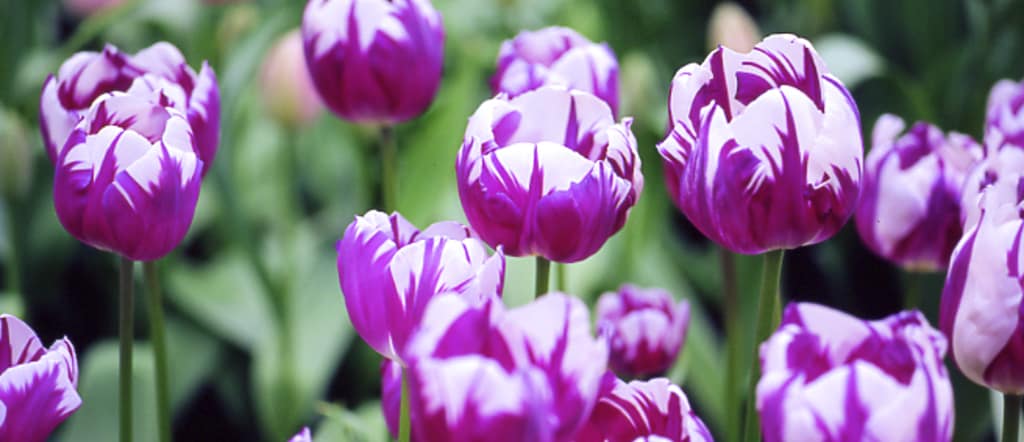
Royal FloraHolland
There are two reasons for the bulbfields existence: the commercial production of flowering bulbs and cut flowers. A field of dazzling colour indicates they are for bulb production rather than cut flowers. Plants destined for the cut flower market are picked before they bloom.
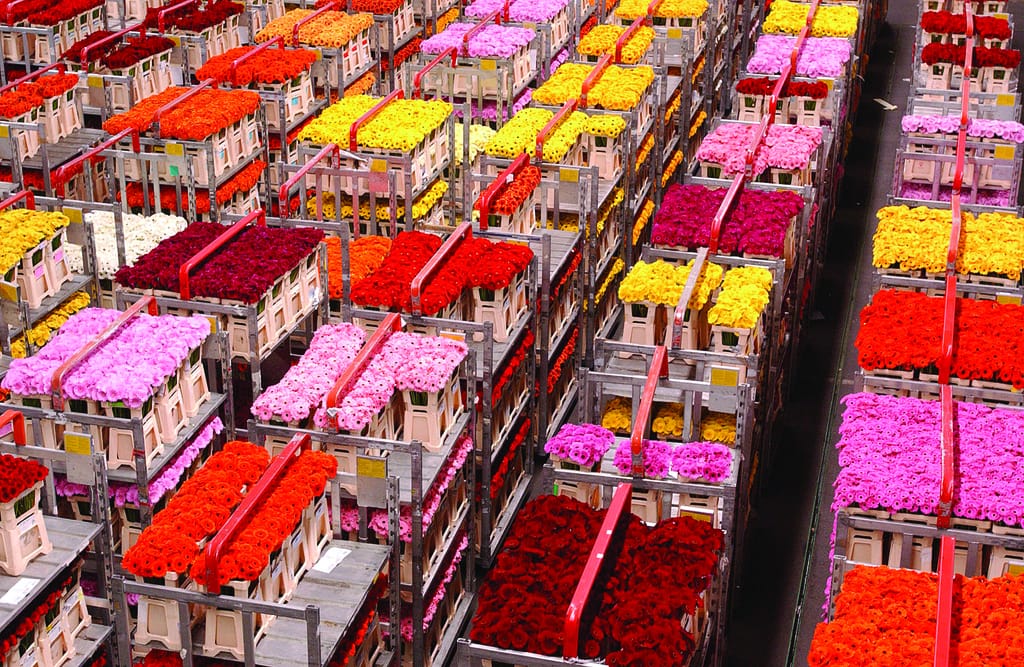
A visit to the huge flower auctions is an eye-opening experience. It does mean an early start if you want to see all the action. Royal FloraHolland in Aalsmeer is open to visitors. The vast automated halls are filled with millions of flowers in bunches. These are auctioned off using the Dutch Auction method. The price drops at breakneck speed until the first bidder hits the buzzer. That’s it, only one bid. Hit the buzzer too early and you pay over the odds; hit it too late and you miss the lot. It’s like a huge game of chicken. Using this method the auction house sells around 4000 cut flowers every minute.

The cut flowers are then packaged on site, rushed to Amsterdam’s Schipol airport and are for sale on the streets of London, Munich and Stockholm and other European cities by 10:00am the same day.
Botanical Gardens
The university town of Leiden with its attractive gabled town houses and canals is close to the bulbfields. It is the birthplace of Rembrandt and has links with the Pilgrim Fathers before they left for America. However it also has a horticultural connection. The town is home to the oldest botanical garden in Europe, Hortus Botanicus. It was planted in 1590 around the same time the tulip arrived in the Netherlands. It is here that I discovered that the tulip is not even Dutch, it was brought in from Turkey.
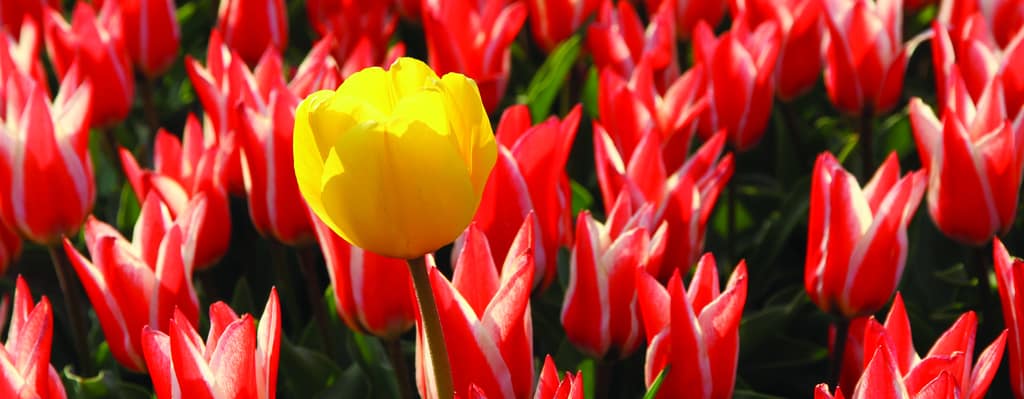
The tulip became popular with the Dutch and still remains so. The tulip has contributed to the Dutch economy throughout history. Is it any wonder that when you think of Holland you think of the Tulip as one of the iconic symbols of “Dutchness”



